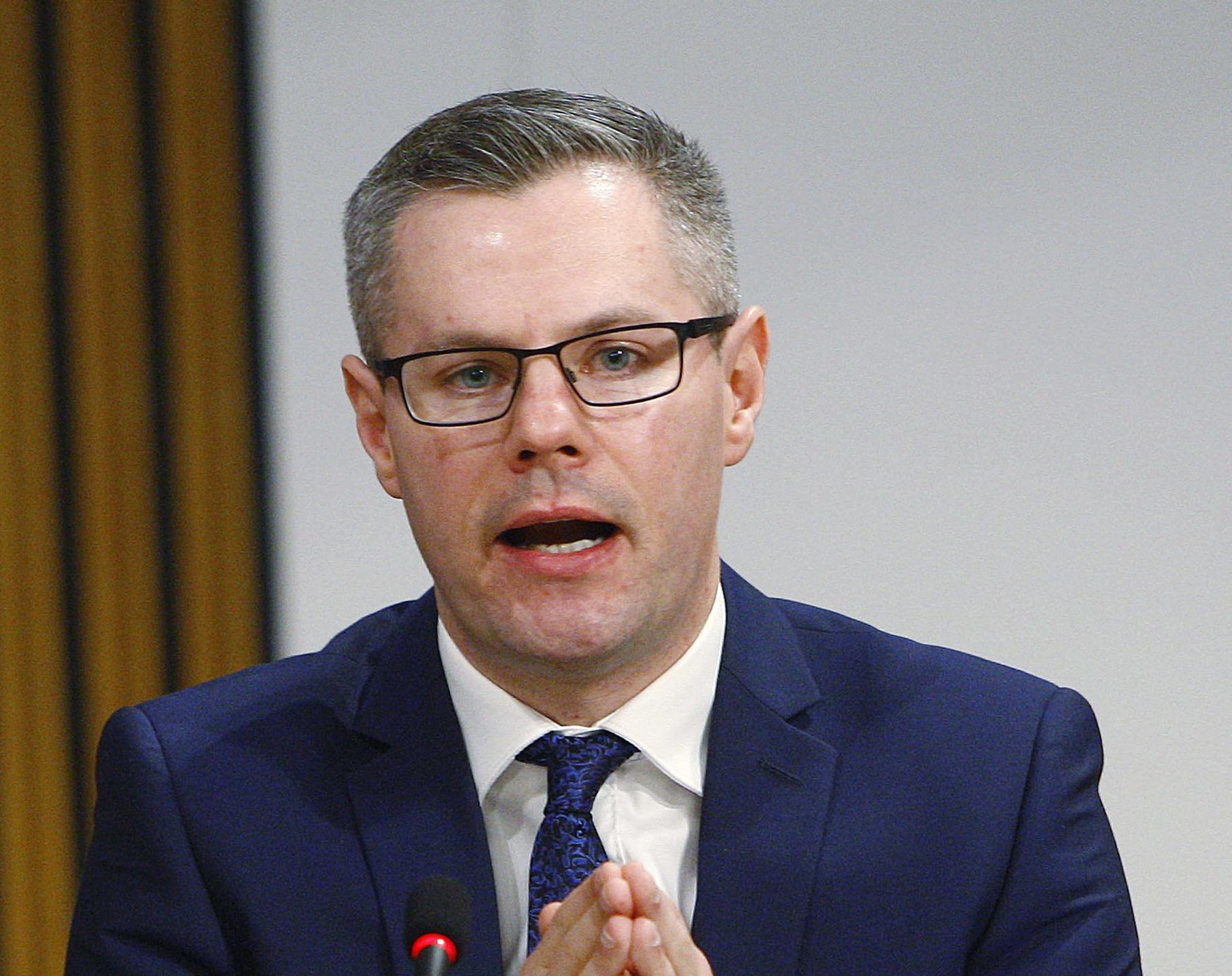
INCOME tax changes which have just come into force in Scotland make the country the “fairest taxed part of the UK”, Holyrood’s Finance Secretary has said.
Derek Mackay spoke out as new measures, which will make the system in Scotland significantly different from the rest of the UK, were introduced at the start of the new tax year.
While Scottish Government ministers have hailed the policies – which have already been approved by Holyrood – as progressive, the SNP has come under fire from its opponents.
With the higher and top rates of income tax rising by 1p, the Conservatives claim Scotland is now the highest taxed part of the UK and accused the SNP of breaking an election promise, after it pledged not to raise the basic rate for five years from 2016.
But Labour criticised the nationalists of not going far enough with tax rises, calling for the restoration of a 50p top rate for those earning £150,000 a year or more.
The changes will raise £428 million to invest in public services, according to the Scottish Government.
However they will leave hundreds of thousands of better paid workers having to pay more in income tax than those on the same wage south of the border.
The Scottish Government has stressed only those earning more than £33,000 will pay more income tax than they did in 2017-18 – saying 70% of taxpayers will not see an increase.
Meanwhile 55% of Scottish taxpayers will pay less in income tax this year than they would in other parts of the UK, according to ministers.
The changes will see the higher and top rate of income tax rising to 41p and 46p respectively. In addition the Scottish Government will levy a new intermediate rate of 21p on income between £24,000 and £43,430, as well as a 19p “starter rate” on earnings between £11,850 and £13,850.
Mr Mackay said: “The new income tax rates and bands will make the system more progressive and deliver additional revenues to invest in public services and the economy.
“This progressive approach to reforming income tax will not only protect the lowest earning taxpayers, but ensure 70% of Scottish taxpayers pay less tax this year than last year for a given income, while the majority of Scottish taxpayers will pay less than if they lived elsewhere in the UK.
“These measures, combined with our investment in the NHS, the economy, infrastructure, education and essential public services, ensure Scotland will be the fairest taxed part of the UK and provide the best deal for taxpayers.”
Holyrood was given responsibility over income tax rates and bands from 2017-18, although ministers made only minor changes to the system in Scotland last year, not passing on an increase in the threshold for the 40p rate of taxation.

Enjoy the convenience of having The Sunday Post delivered as a digital ePaper straight to your smartphone, tablet or computer.
Subscribe for only £5.49 a month and enjoy all the benefits of the printed paper as a digital replica.
Subscribe